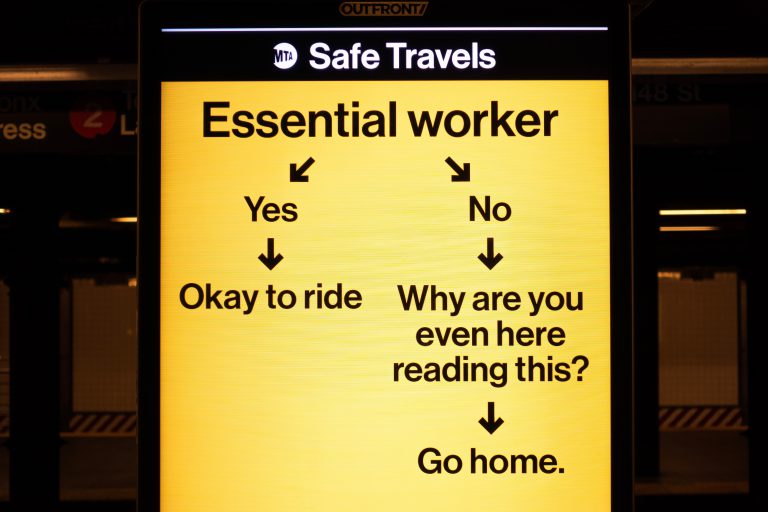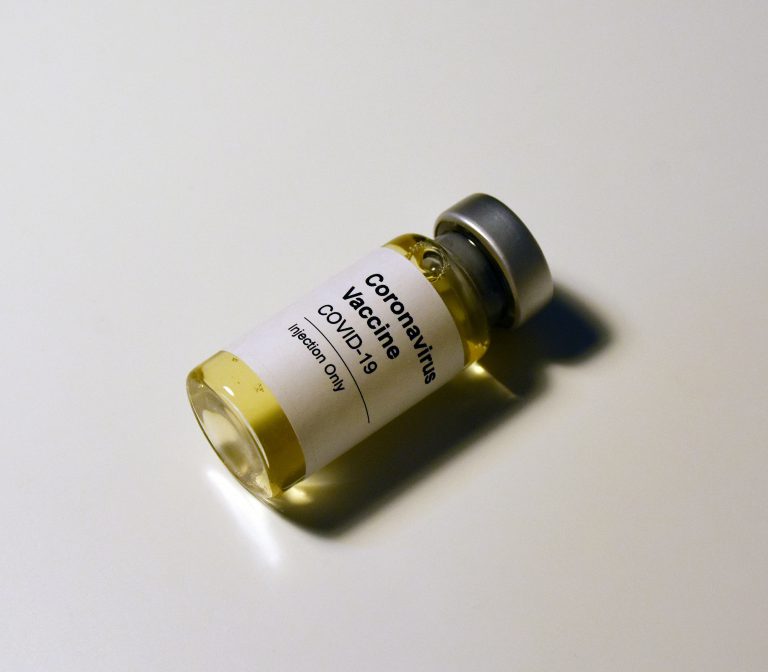An alarming number of patients who head to the emergency room for dental concerns are prescribed antibiotics and opioids painkillers, a new study published in the March issue of The Journal of the American Dental Association from the Centers for Disease Control and Prevention has found. These new findings further punctuate the desperate need for continued efforts to fight against opioid abuse and overuse of antibiotics.
For the study, the researchers pored through data from 2012 to 2014 and came to the conclusion that more than 50 percent of patients who made emergency department visits for nontraumatic dental-related problems were given a prescription for antibiotics. Not only that, but approximately 40 percent have filled a prescription for opioid painkillers like OxyContin. Furthermore, more than 30 percent of patients filled prescriptions for both an antibiotic and an opioid, as per Rebecca Roberts, an epidemiologist at the CDC in Atlanta, and colleagues in a news release from the American Dental Association (ADA).
The study included patients either with commercial insurance or enrolled in Medicaid. Patients who have received a diagnosis of a dental condition during the emergency room visit with no secondary diagnosis that warrants an antibiotic prescription were also included.
The researchers noted that given the fact that dental-related diagnoses do not necessarily necessitate emergency room visits, the prescribing of antibiotics and opioids might be unnecessary. “Given previous findings that dental-related diagnoses are a common and potentially avoidable reason for [emergency department] visits, the prescribing of antibiotics and opioids for these conditions becomes even more concerning,” the study read.
In an effort to promote responsible antibiotic use, the ADA released a new guideline in 2019, stating that antibiotics aren’t recommended for concerns like toothaches, which also happens to be the common reason for dental-related emergency room visits. This guideline was created by a multidisciplinary panel that includes emergency medicine physicians nominated by the American College of Emergency Physicians.
The ADA made it a point to raise awareness about the prevalent opioid abuse crisis currently plaguing the United States. Since 2011, the institution has been advocating to keep opioid pain relievers from harming dental patients and their families.
They are also actively working to raise professional awareness of medication alternatives to prescription opioid painkillers, such as the use of nonsteroidal anti-inflammatory drugs (NSAIDs). It can also be taken in combination with acetaminophen (Tylenol) as first-line therapy for acute pain management. There’s already a growing body of research that supports this ADA policy. In March of 2018, the organization introduced a policy that indicates that the use of ibuprofen (Motrin, Advil) and acetaminophen can be as effective as opioids to treat acute pain.
The researchers concluded that access to preventive and acute oral health care for routine dental symptoms could help in reducing unnecessary antibiotic and opioid prescriptions in both people with commercial insurance and Medicaid beneficiaries. Data-driven solutions like guideline enforcement can also contribute to improving oral health access, reducing medication-related harms, and averting health care expenditures.
The ADA said that they would continue to work together with physicians, pharmacies, policymakers, and the public to come up with solutions to issues that are critical to public health.
Browse our website for more news in the medical industry.
















